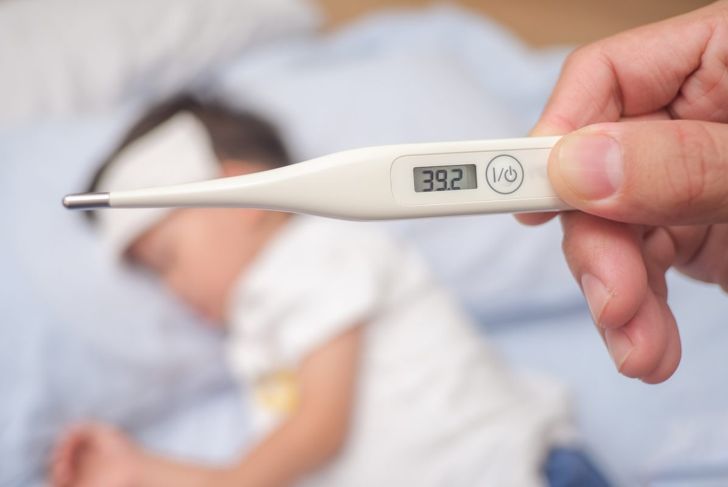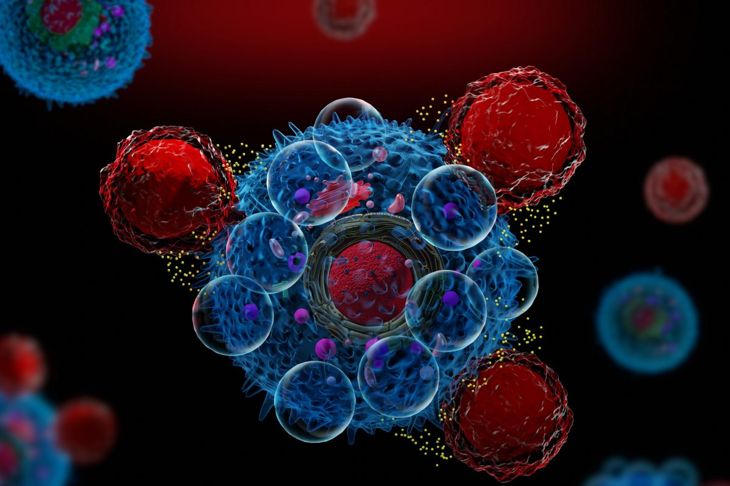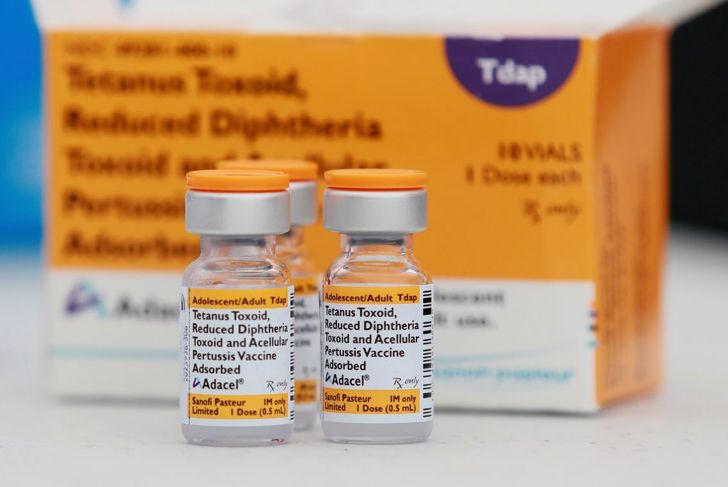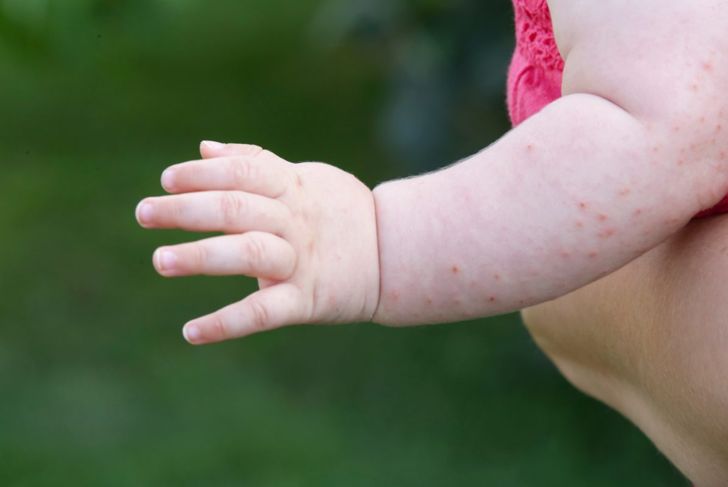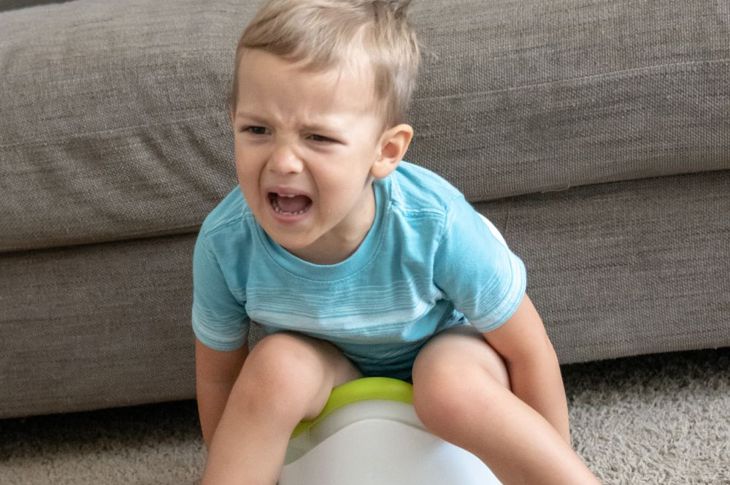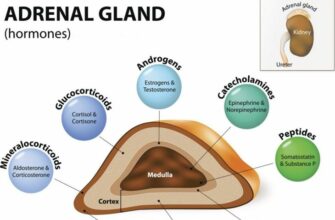Any caregiver knows that when a toddler develops a fever, concern is inescapable. Parents wonder why the fever developed, if they should administer medication, and when they need to call a pediatrician. Often, a toddler fever is not cause for extreme worry or doctor intervention. Fevers should be viewed as helpful signs of illness, not illness themselves. Learning to identify the differences between the need for home care and the need for medical care can help calm parental fears.
Toddler Fever Levels
Fevers below 100 degrees Fahrenheit may be a sign of the body’s response to something routine, like a recent vaccination. If the fever is slightly higher, but the child is still alert and playful, then the issue is probably not that serious. Fevers of 102 or higher in children between three and 36 months, coupled with feelings of discomfort, require a doctor’s visit as they may be signs of a more serious condition.
Taking a Toddler’s Temperature
The best way to take the temperature of a toddler is via the rectum. This is a central location, and rectal thermometers are more sensitive. However, some toddlers find them uncomfortable. As a second choice for those younger than 24 months, pediatricians recommend the armpit. For kids older than 24 months, researchers suggest ear thermometers as the secondary option. Because of the risk of biting, doctors urge against oral thermometers for children younger than five years.
Fever Mechanisms
A few mechanisms lead to fever. Body temperature rises when cytokines, immune system cells, respond to pathogens. Fevers also occur when the outer membrane of bacteria breaks, triggering a toxic spill in the body; the hypothalamus instinctively increases the body’s temperature in response. Lastly, temperature rises when the body detects an infection, and the immune system produces macrophages and natural antibodies.
Whooping Cough
There are many causes of toddler fever, including whooping cough, a highly contagious upper respiratory infection. It is spread by droplets expelled during persistent coughing and sneezing. Whooping cough starts off with a low fever and runny nose, and once it takes hold, it can last for weeks. The infection often affects infants and toddlers particularly intensely because once the coughing starts, it is hard for them to eat, and in some cases, they develop apnea. Most children receive a vaccine for whooping cough.
Ear Infections
Close to 90 percent of children will have at least one ear infection by the time they are three years old. The most common type is acute otitis media, where fluid trapped behind the eardrum attracts bacterial growth and inflammation, causing pain and fever. Ear infections can also be secondary, forming when pathogens from other viral and bacterial sicknesses migrate to the middle ear.
Roseola
Between the ages of six and 15 months, toddlers are at risk of contracting roseola. This disease is caused by one of two herpes viruses, #6 or #7. It includes the sudden onset of a high fever, approximately 103 degrees Fahrenheit, along with red rashes, a telltale sign of roseola. This fever lasts for less than a week, and a sore throat and runny nose may accompany it. There is no vaccine, and it can be easily spread from one child to another through personal contact with infected mucous or saliva.
Tonsillitis
Tonsillitis is a common condition in children. It can be caused by an infection of the tonsils, which exist to naturally fight against all sorts of pathogens in the mouth. Tonsillitis may be caused by the streptococcus bacteria or a virus, and common symptoms include fever, a sore throat, and trouble swallowing.
Urinary Tract Infections
Urinary tract infections in toddlers are tough to diagnose because the irritability and refusal to eat they often cause could indicate any number of illnesses. UTIs are commonly caused by poor bathroom habits or toddlers holding in their urine. This results in bacteria traveling up the urethra and irritating other parts of the excretory system, resulting in a low-grade fever and foul-smelling urine. If left untreated, UTIs can travel up to the kidneys, becoming far more serious.
Febrile Seizures
Febrile seizures are scary. Children may convulse, stiffen, or lose consciousness. Toddler fevers of 103 degrees Fahrenheit or higher correlate with a risk of seizures in approximately 5% of children younger than five years old. Though the episode may last for two to three minutes, it can seem longer, which is why it is important to track the length of the seizure. Parents also need to make sure the child is on a soft surface and is placed on their side to prevent choking and ensure proper breathing. If the toddler loses consciousness for four or five minutes, call an ambulance.
Treatments for a Toddler Fever
When a toddler has a fever, it is possible parents only need to keep them hydrated and in bed for a few days. Doctors recommend over-the-counter medications, such as ibuprofen and acetaminophen, which can ease fever in most cases. Aspirin should be avoided in this setting, however, as it has been associated with brain and liver swelling. Depending on the diagnosis, pediatricians may integrate antibiotics and anti-inflammatories, especially if there is swelling or other discomforts.

 Home
Home Health
Health Diet & Nutrition
Diet & Nutrition Living Well
Living Well More
More
